Lonicera Pileata
Title: Lonicera pileata: The Box-Leaved Honeysuckle
Introduction:
Lonicera pileata, commonly known as the box-leaved honeysuckle, is a low-growing, evergreen shrub native to China. It is prized for its glossy, dark green leaves that resemble those of boxwood, as well as its small, white flowers that bloom in the spring. Lonicera pileata is a versatile plant that can be used as a groundcover, edging, or small hedge. It is also relatively easy to care for, making it a good choice for beginner gardeners.
Main Content:
- Description: Lonicera pileata is a compact shrub that typically grows to 2-3 feet tall and wide. The leaves are opposite, simple, and ovate to oblong-lanceolate in shape. They are 0.5-1 inches long and 0.2-0.4 inches wide, with a tapered base and a pointed tip. The leaves are dark green and glossy on the upper surface, and pale green on the lower surface.
- Flowers: The flowers of Lonicera pileata are small and white, with a sweet fragrance. They are borne in clusters of 2-5 flowers at the ends of the branches. The flowers bloom in the spring, from April to May.
- Fruit: The fruit of Lonicera pileata is a small, dark blue-black berry. The berries are not edible for humans, but they are a good source of food for birds.
- Growing Conditions: Lonicera pileata is a relatively easy plant to care for. It prefers full sun or partial shade, and well-drained soil. It is tolerant of a variety of soil conditions, but it does best in moist, fertile soil. Lonicera pileata is drought-tolerant once established, but it benefits from regular watering during the first year after planting. It is also a good idea to fertilize Lonicera pileata once a year in the spring with a balanced fertilizer.
- Pests and Diseases: Lonicera pileata is generally resistant to pests and diseases. However, it can be susceptible to scale insects, aphids, and spider mites. If you notice any pests or diseases on your Lonicera pileata, you can treat them with insecticidal soap or neem oil.
- Propagation: Lonicera pileata can be propagated by softwood cuttings in the spring or summer. Simply take 4-6 inch cuttings from healthy, non-flowering stems. Remove the lower leaves from the cuttings and dip them in rooting hormone. Plant the cuttings in a well-drained potting mix and keep them moist. The cuttings should root in 4-6 weeks.
Conclusion:
Lonicera pileata is a beautiful and versatile plant that is easy to care for. It is a good choice for gardeners of all levels of experience. If you are looking for a low-maintenance, evergreen shrub that will add interest to your garden, Lonicera pileata is a great option.
Lonicera pileata, also known as the Japanese honeysuckle, is a beautiful and fragrant vine that can be grown in a variety of climates. It is relatively easy to care for and can add a touch of elegance to any garden.
If you are interested in learning more about lonicera pileata, please visit Home Gardening. This website has a wealth of information about the plant, including its history, care requirements, and propagation methods. You can also find photos and videos of lonicera pileata in its various stages of growth.
FAQ of lonicera pileata
- What is Lonicera pileata?
- Lonicera pileata is a deciduous shrub that is native to Japan. It is known for its attractive foliage, which is a dark green color with white variegation. The flowers are white and fragrant, and they bloom in the spring.
- How to care for Lonicera pileata?
- Lonicera pileata is a relatively easy shrub to care for. It prefers full sun or partial shade, and it needs well-drained soil. It is drought-tolerant once established, but it should be watered regularly during the first year after planting. Lonicera pileata does not need to be pruned often, but you can trim it back in the spring to encourage new growth.
- Is Lonicera pileata invasive?
- Lonicera pileata is not considered to be an invasive species. However, it can spread by self-seeding, so it is important to deadhead the flowers if you do not want it to spread too much.
- What are some common problems with Lonicera pileata?
- The most common problems with Lonicera pileata are powdery mildew, aphids, and scale insects. Powdery mildew can be treated with a fungicide, and aphids and scale insects can be controlled with insecticidal soap or neem oil.
- Where can I buy Lonicera pileata?
- Lonicera pileata is available at most garden centers. You can also find it online.
Image of lonicera pileata
- Evergreen Lonicera Pileata, Box Leaved Honeysuckle or Privet Honeysuckle Purple Berries
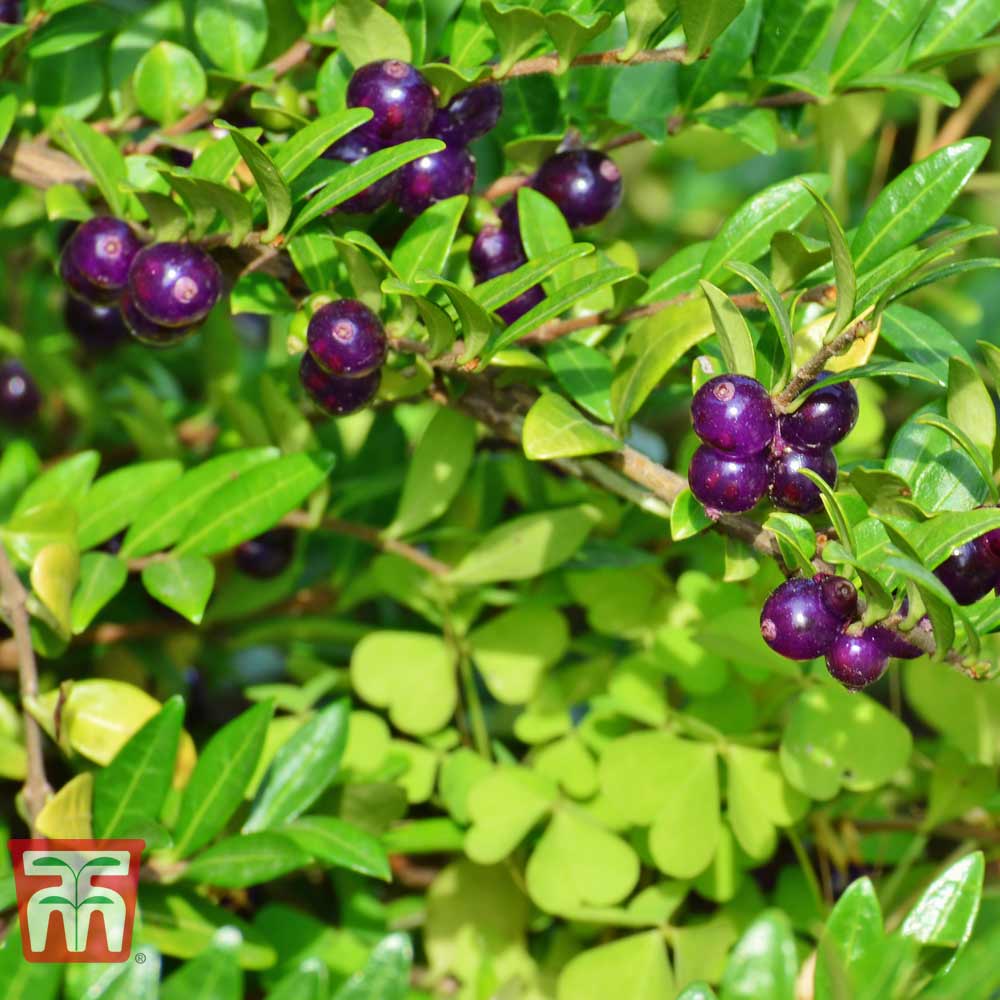
- Lonicera pileata in full bloom

- Close-up of Lonicera pileata flowers
- Lonicera pileata leaves in fall
- Lonicera pileata berries

- Lonicera pileata growing in a hedge

- Lonicera pileata in a pot
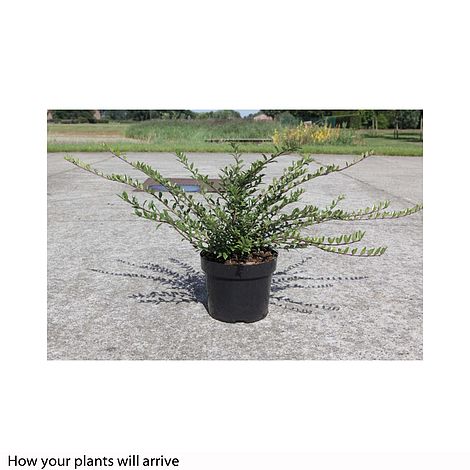
- Lonicera pileata as a groundcover
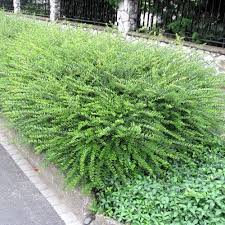
- Lonicera pileata in a woodland setting

- Lonicera pileata in a garden
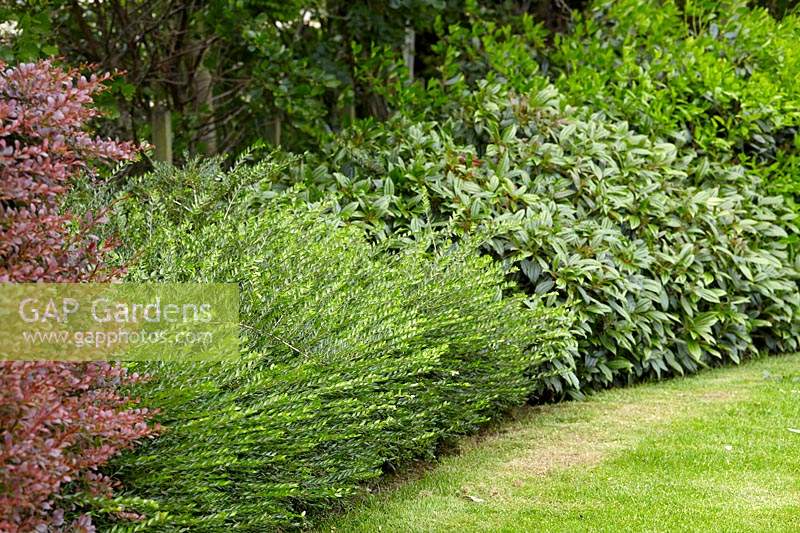
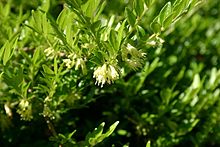
Post a Comment for "Lonicera Pileata"